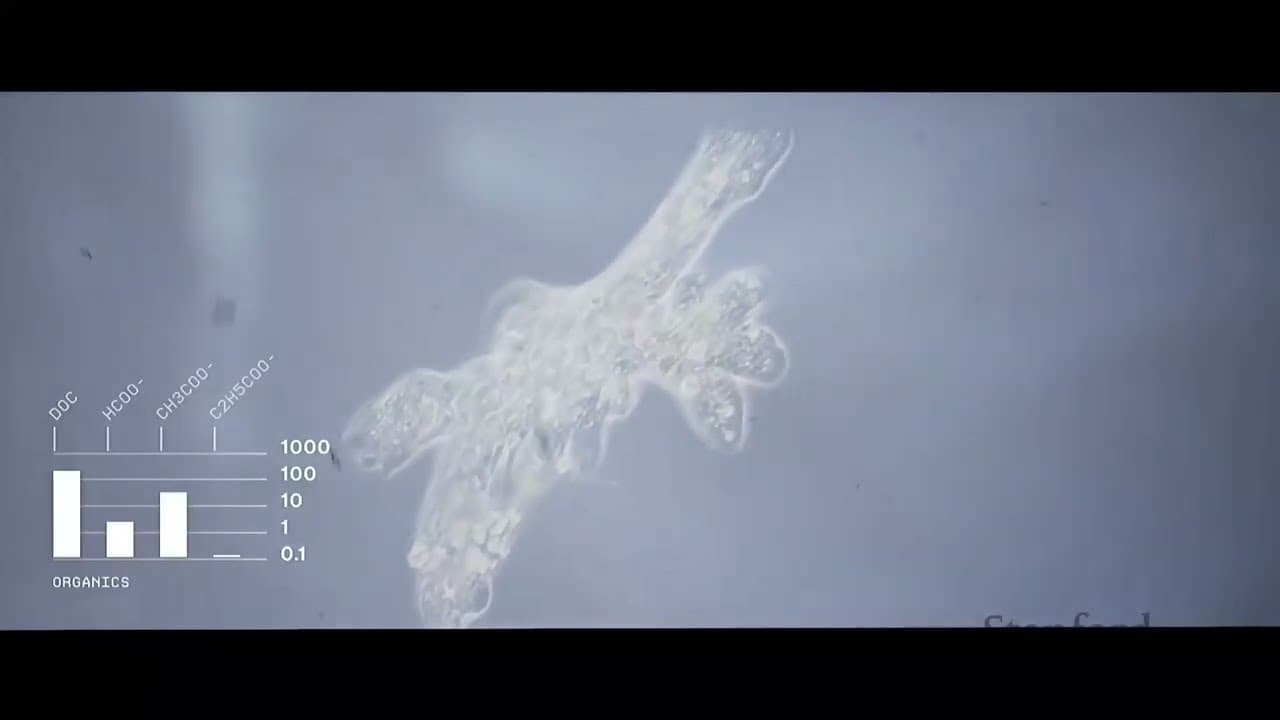Stanford Seminar - From the surface of Mars to the ocean of Enceladus
14 Jun 2024 (10 months ago)

Robotic Exploration Paradigms
- Robotic exploration has evolved through different paradigms:
- Exploration 1.0: Fast-paced trial and error missions, successful for the Moon's proximity.
- Exploration 2.0: Incrementally sophisticated robotic capabilities, successful for Mars.
- Exploration 2.0 may not be suitable for more challenging destinations like icy moons of gas giants.
Robotic Exploration 3.0
- Robotic Exploration 3.0 is proposed with a new adaptive robot called EELS (Exobiology Extended Life Surveyor).
- EELS is a snake-like robot designed to be highly adaptive, learning from its own experiences and evolving during the mission.
- Exploration 3.0 involves sending a single adaptive robot to an unknown environment, starting with low-complexity tasks and gradually adapting to perform complex tasks.
- The future mission with EELS would involve landing on an icy moon, finding an entrance to a crevasse, exploring the subsurface ocean, collecting samples, and searching for signs of life.
Robot Design and Capabilities
- The robot is viewed as a system of software, hardware, instruments, and ground systems with autonomy, neo-autonomy, and risk-aware autonomy.
- The robot has a modular design with 30 to 48 degrees of freedom, an active skin proposition with rotating screws, and the ability to add payloads anywhere on the body.
- Proceptive control is a key element, allowing the robot to climb without visual feedback by relying on proprioceptive information.
- A version of SLAM from ICP was created, modeling the uncertainty involved in estimation for use by the planner and controller.
- Machine learning was used for acquiring new gate patterns, combining model-free and model-based approaches.
Field Tests and Demonstrations
- Five robots were prototyped, including the 1.0 and 1.5 robots tested in various environments such as ice rinks, the JPL Mars yard, snow mountains, and glaciers.
- The robot demonstrated its versatility by switching to different locomotion modes when encountering obstacles, such as side winding to escape from sand traps.
- The final field test took place at a glacier in Canada, where the robot was tested in various conditions and successfully navigated a moulin, a deep ice channel carved by flowing water.
- The speaker describes a successful test of a robot's vertical mobility in a natural opening.
Risk-Aware Planning and Optimization
- Risk-aware planning involves trading between the level of risk and the desired outcome.
- Joint chance constraint is a mathematical formulation that specifies the probability of violating safety constraints.
- A mathematical trick can decompose the joint chance constraint into manageable individual chance constraints.
- Risk allocation can be viewed as a resource allocation problem where the total risk is distributed over constraints, time, and different places.
- In multi-agent scenarios, risk allocation can be interpreted as a market-based mechanism where agents trade risk at a certain price.
- Dual decomposition converts the primal problem with joint chance constraint into a distributed primal problem and a centralized dual problem.
- The dual problem has only one variable, making it scalable for a large number of agents.
Sequential Decision-Making under Uncertainty
- Mars rover landing and driving is an example of sequential decision-making under uncertainty.
- Co-optimizing each step of the rover's mission can lead to better outcomes compared to optimizing each step separately.
- Chance-constrained nonconvex problems can be solved more efficiently by choosing actions randomly.
- Dual optimization converges exponentially and only takes tens of iterations, making it scalable to large problem sizes.
Challenges and Future Directions
- There is a significant gap between mathematical developments and practical situations in chance-constrained optimal control, especially when distributions are not mathematically favorable or unknown.
- Techniques such as decomposing the distribution into multiple modes and using nonlinear techniques can partially address this gap.
Choice of Snake-Shaped Robot
- The choice of snake-shaped robot for the adaptive strategy was made due to its versatility in adapting to unknown vent widths.
Agile Project Management
- Agile project management and iterative hardware and software changes are crucial for successful real-world robotics projects.